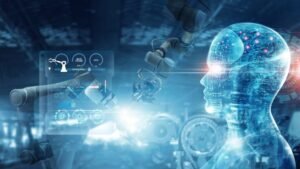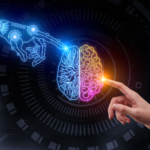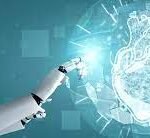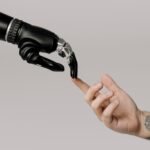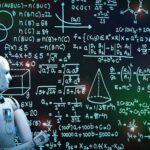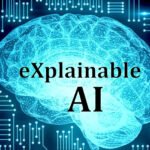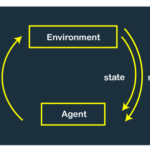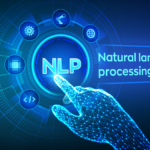AI in Supply Chain Management: AI-driven optimization of supply chain logistics and inventory management.
The global supply chain landscape is undergoing a profound transformation, driven by the integration of artificial intelligence (AI) technologies. From optimizing logistics to enhancing inventory management, AI is reshaping the way businesses manage their supply chains. In this article, we delve into the dynamic world of AI in supply chain management, exploring how these cutting-edge technologies are paving the way for increased efficiency, cost savings, and improved customer satisfaction.
I. The Complexity of Modern Supply Chains
The modern supply chain is a complex ecosystem involving multiple stakeholders, intricate processes, and an extensive network of suppliers, manufacturers, distributors, and retailers. Maintaining a smooth and efficient supply chain is a critical factor in a business’s success, and this is where AI steps in to revolutionize the way supply chains are managed.
II. AI Applications in Supply Chain Management
- Demand Forecasting AI algorithms analyze historical data, market trends, and external factors to predict demand with remarkable accuracy. This allows businesses to optimize production levels, minimize excess inventory, and reduce stockouts, ultimately improving customer satisfaction.
- Inventory Management AI-driven inventory management systems continuously monitor stock levels and automatically reorder products when they reach predetermined thresholds. This ensures that businesses maintain optimal inventory levels while minimizing holding costs.
- Route Optimization AI algorithms optimize transportation routes by considering factors like traffic conditions, weather, and delivery windows. This leads to reduced fuel consumption, shorter delivery times, and lower transportation costs.
- Supplier Management AI tools can assess supplier performance based on various metrics, such as on-time deliveries and product quality. This enables businesses to make informed decisions about their supplier relationships and mitigate potential risks.
- Risk Management AI-powered predictive analytics identify potential disruptions in the supply chain, such as geopolitical events, natural disasters, or supplier issues. By identifying these risks in advance, businesses can develop contingency plans and ensure continuity of operations.
III. Real-World Impact of AI in Supply Chain Management
- Amazon’s Warehouse Robotics Amazon employs AI-powered robots in its warehouses to automate tasks such as picking, packing, and sorting products. This significantly speeds up order fulfillment and reduces labor costs.
- Maersk’s Predictive Maintenance Maersk, a shipping company, uses AI to predict maintenance needs for its vessels. By analyzing data from sensors on board, AI algorithms identify potential equipment failures and enable proactive maintenance, minimizing downtime.
- Walmart’s Inventory Management Walmart utilizes AI to optimize its inventory management across its vast network of stores. By accurately predicting demand and adjusting inventory levels accordingly, the company has reduced excess stock and improved supply chain efficiency.
IV. The Future of AI in Supply Chain Management
As AI technologies continue to advance, their role in supply chain management is poised to grow even further. The integration of AI with other emerging technologies, such as the Internet of Things (IoT) and blockchain, holds the potential to create even more robust and transparent supply chain ecosystems.
V. Embracing the Transformation
While the benefits of AI in supply chain management are clear, organizations must also address challenges related to data quality, system integration, and workforce readiness. A successful transition to AI-powered supply chain management requires a combination of technology adoption and strategic planning.



